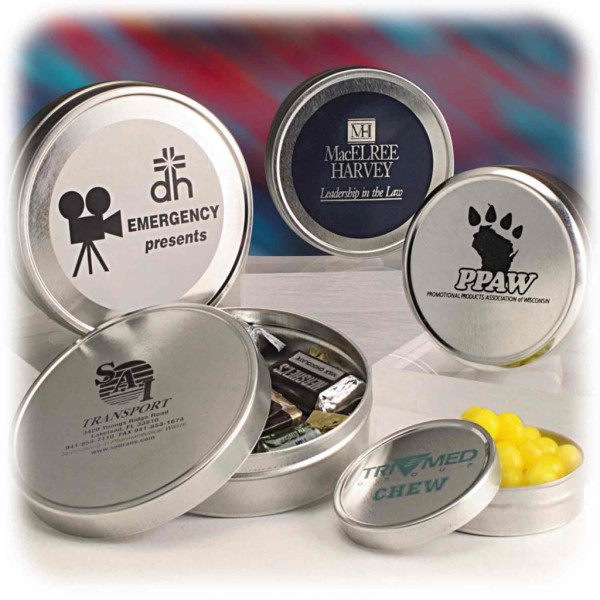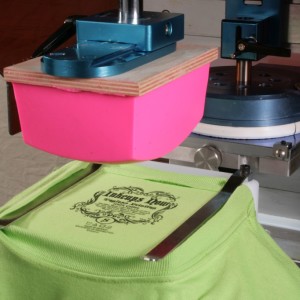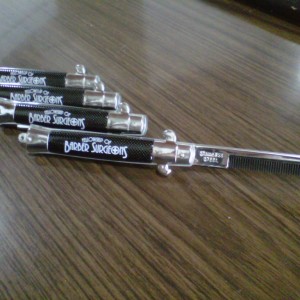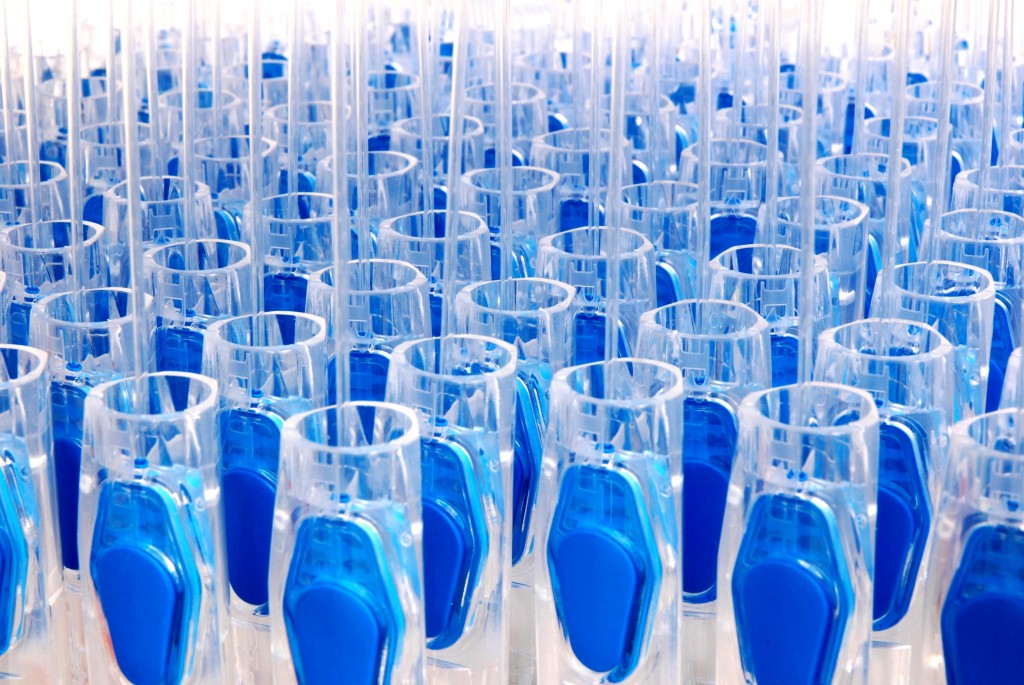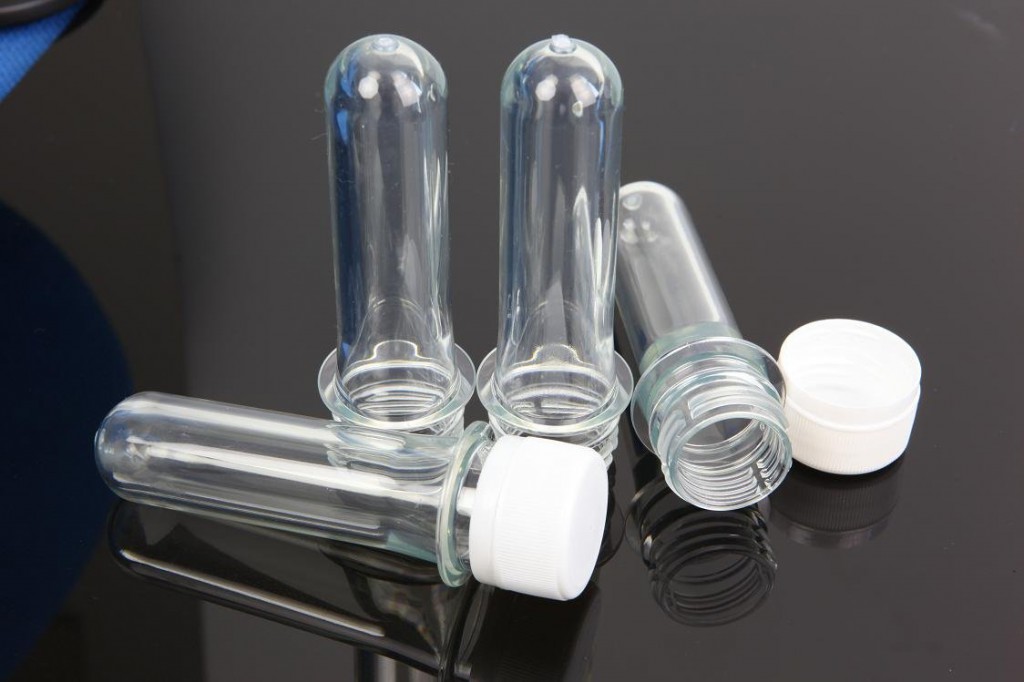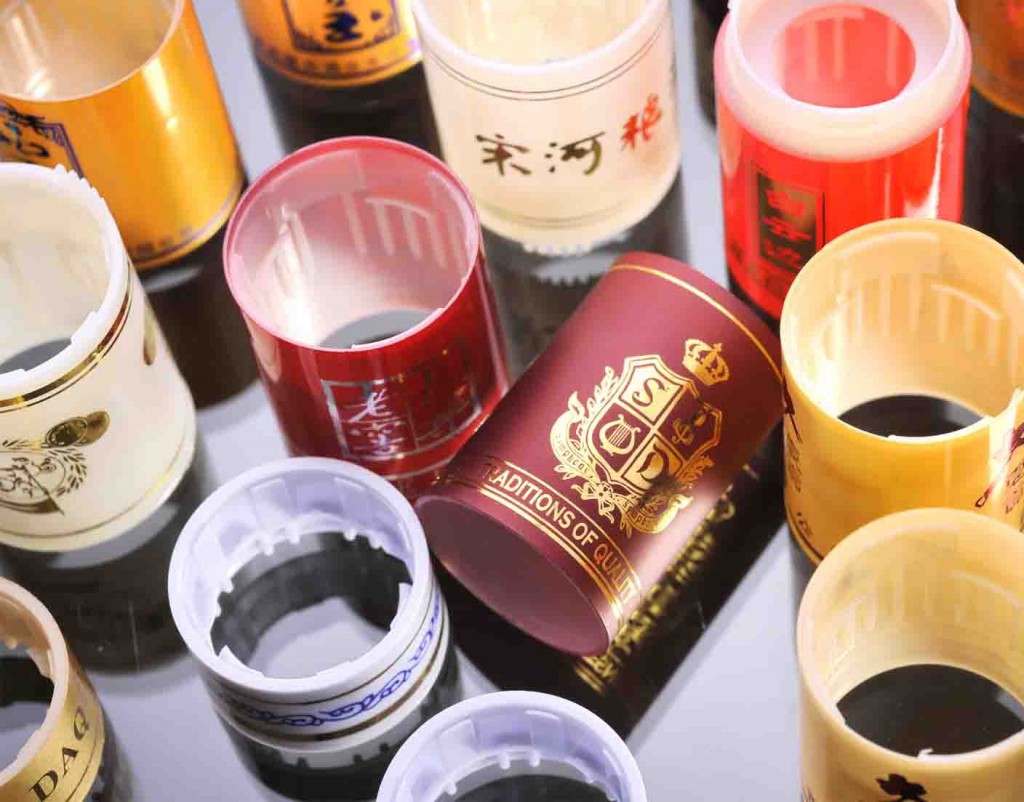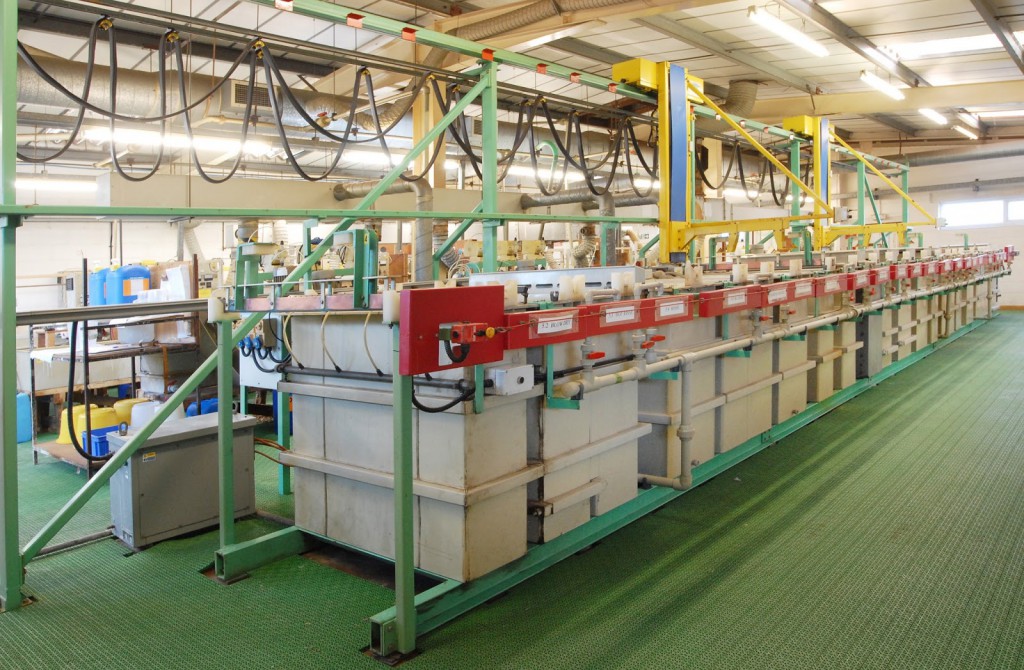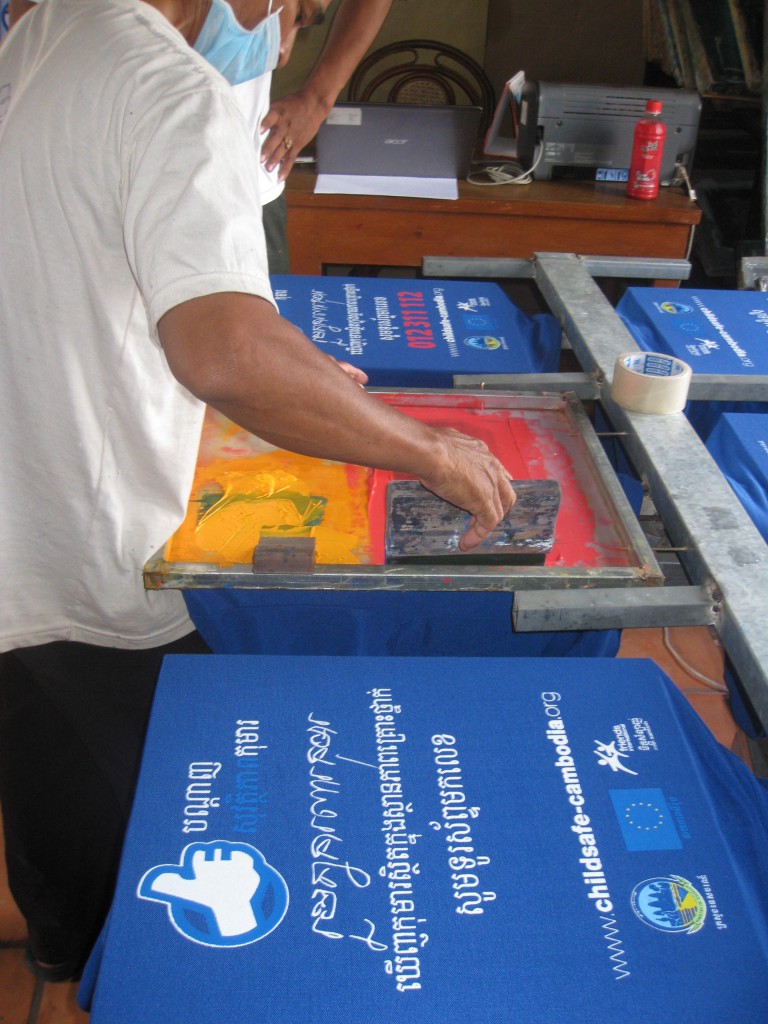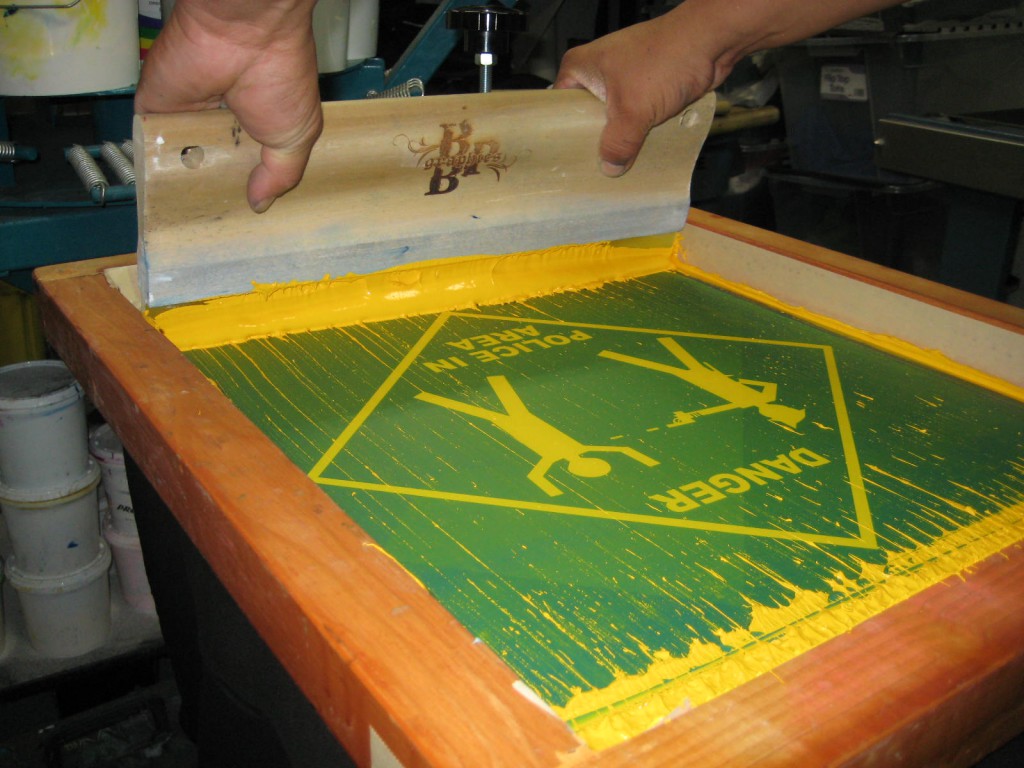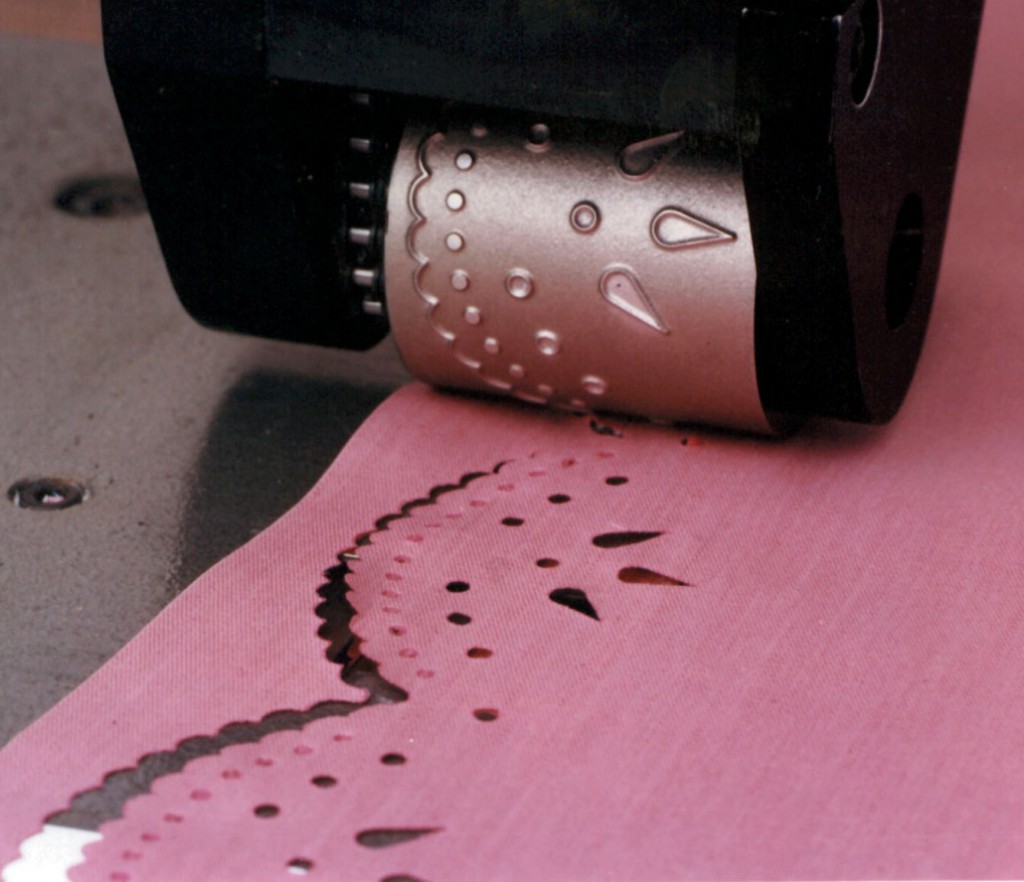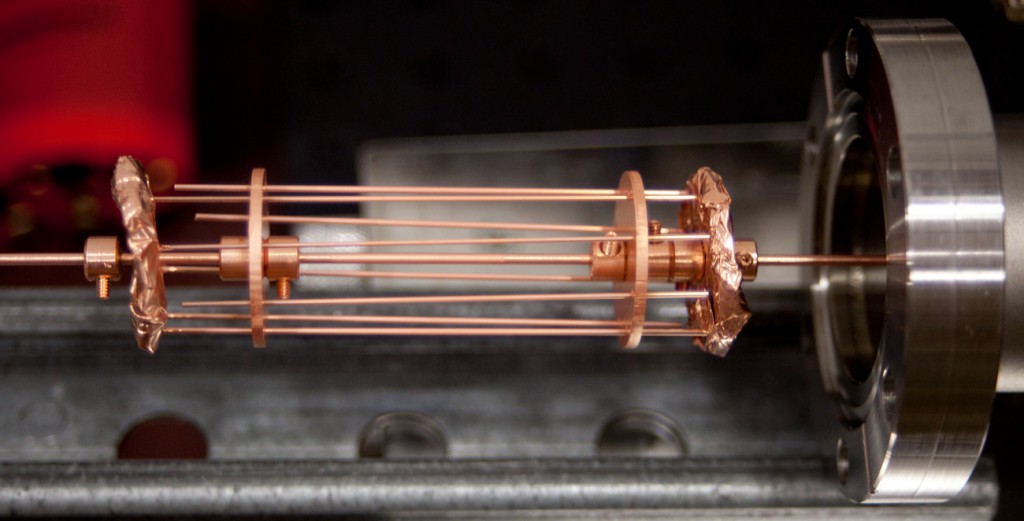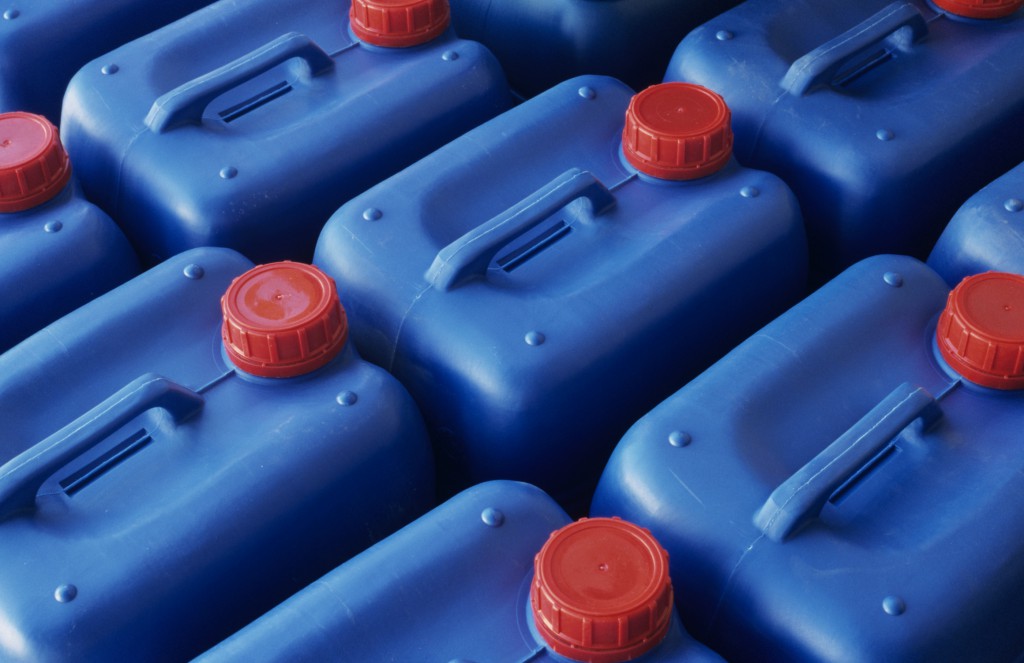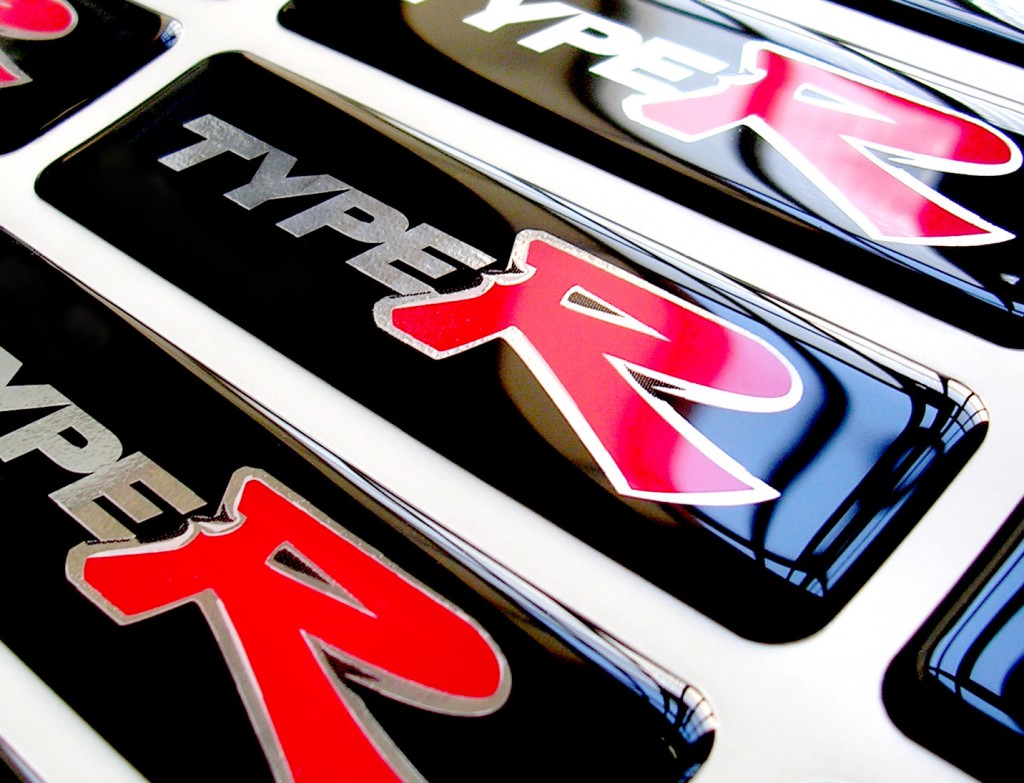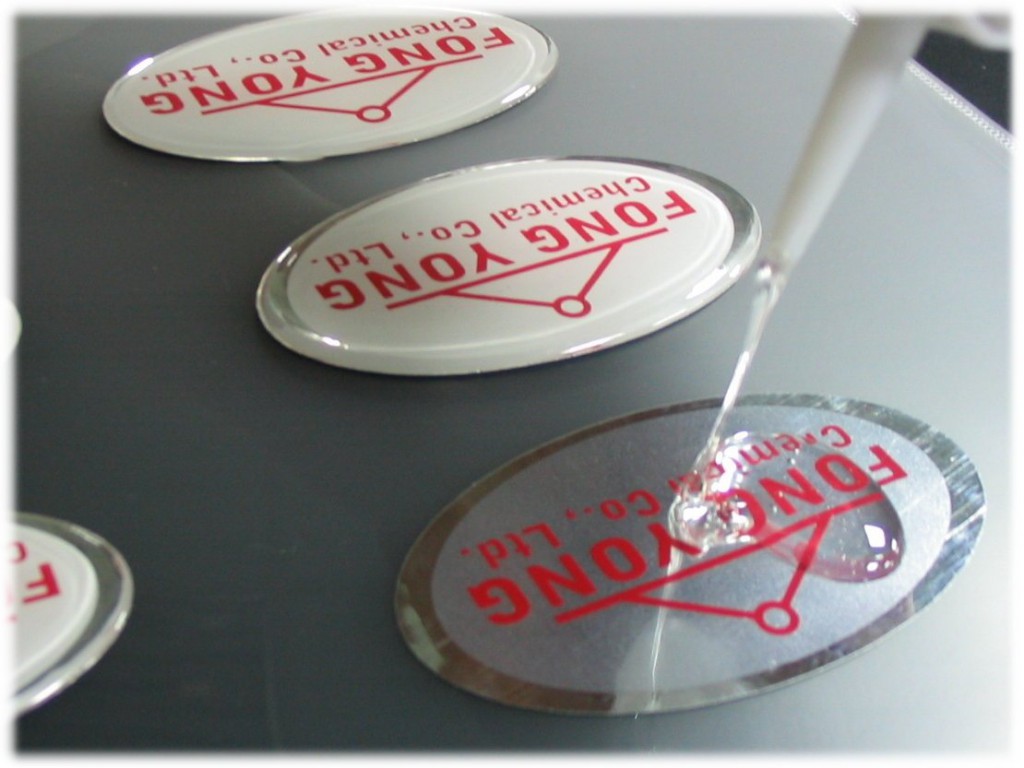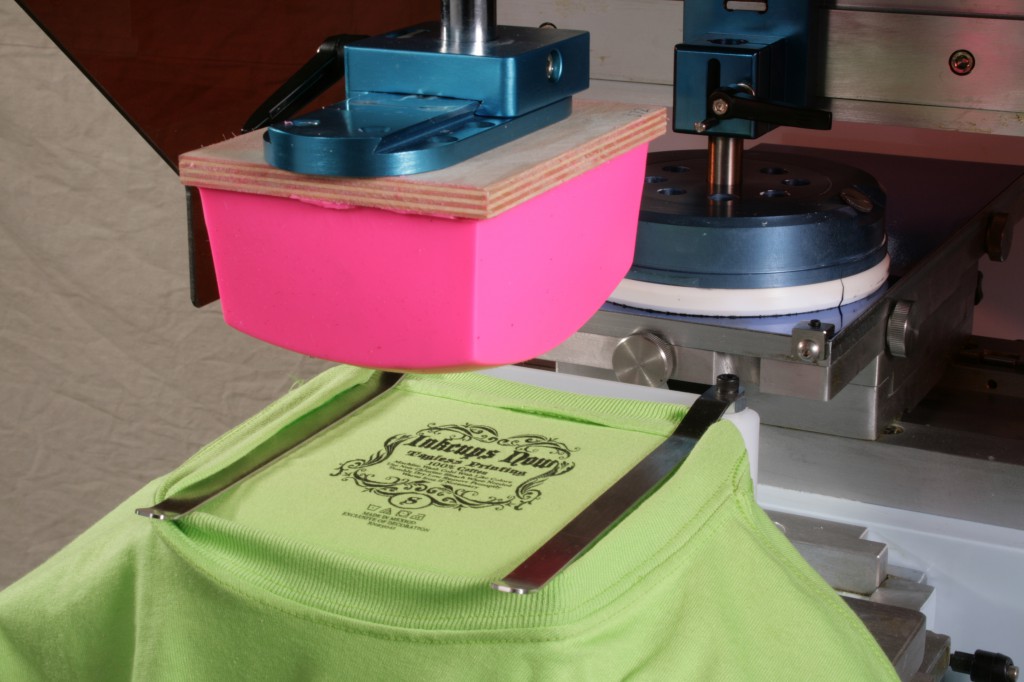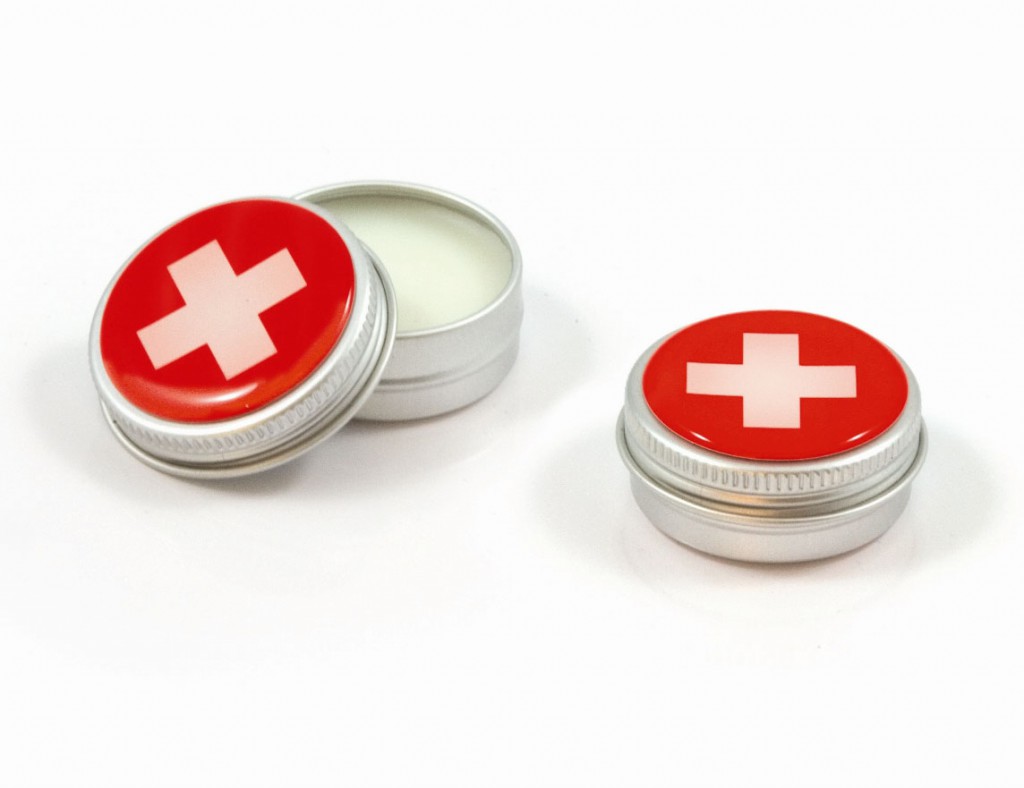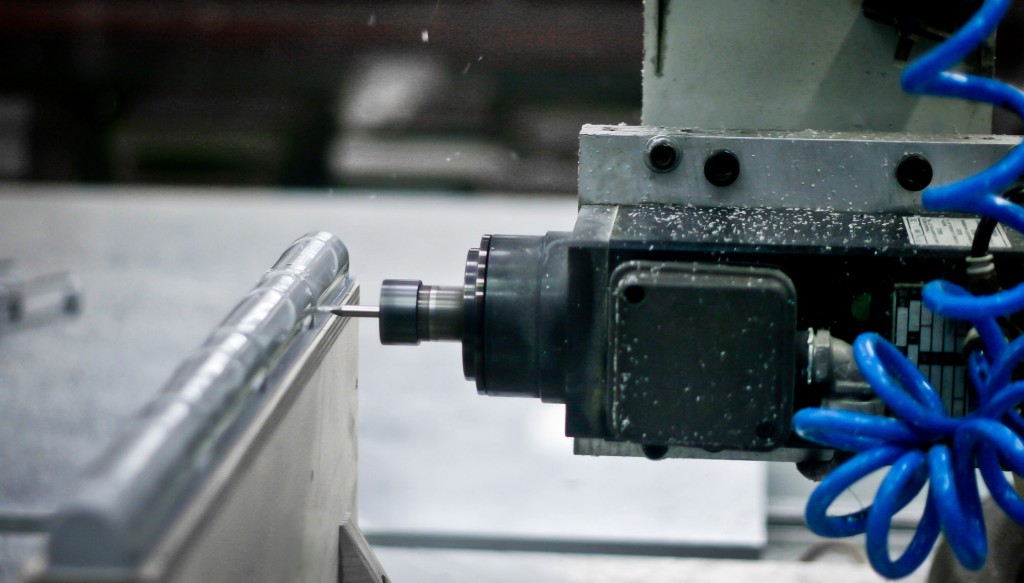desired image on the plastic article. Pad printing is a process that can transfer 2D image on to the 3D object.
In Pad printing process an artwork is been developed by designer or customer and in respective to the same a plate is been engraved or etched where the plate contains etched image of the desired artwork.
Etch plate is also referred as ‘cliché. Here ink is then spread onto the etched plate and removed leaving the wet ink only in the etch areas. Now silicon pad then picks up the ink from the etched area and transmits the image to the plastic part.
Unique advantage of the pad printing process is that the image can be transferred to different shape and size or irregular surface of an article since the silicon pad will confirm to these surface during the transfer of ink and it may be simple or complex which sets manufacturer a part from competition.
Using pad printing one can print 1,2 upto 6 color printing on the same surface and object. One colour is done at a time but if the registration between colour is good enough then upto six colour process printing is easy and to achieve this the machine are usually fitted with conveyor or shuttles so that the object to be printed moves seamlessly from one printing station to the next printing station.
Pad printing is used for printing on impossible shape and size products used in many industries like medical, automotive, electronics’, electrical, appliances, sports, toys, textiles, etc.
Pad printing can also be used to deposit functional material such as conductive ink, adhesive, dyes and lubricants.
Pad printing is a simple way to add a logo, symbol, directions, designators and many other identifiers to a plastic components and adds value added service to customers.

